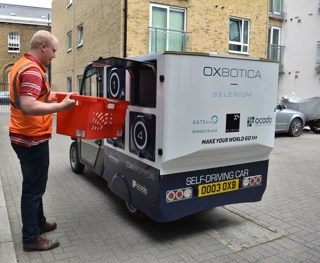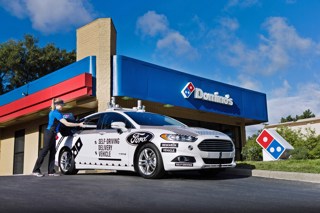By Paul Miller, product manager at Fleetmatics
The UK government announced recently that small convoys of partially self-driving lorries will be trialled on major roads by the end of next year.
The trucks will travel in a convoy, or ‘platoons’ with a human driver controlling the lead vehicle and steering the following vehicles wirelessly.
By 2020, there will be a staggering 250 million connected vehicles out on the roads, so tests like this are essential for preparing UK businesses for a driverless future.
While platooning fleets are quite a technological feat, safety concerns will need to be carefully considered for driverless lorries to work in practice.
A significant amount of pressure will be placed on the lead driver to safely navigate the lorries within the fleet.
Monitoring driver behaviour will be paramount, as the margin for error will need to be minimal to cope with unexpected events on the road.
There are other questions to be answered, such as what happens if another vehicle changes lane in-front of a vehicle within the platooning fleet?
Additionally, convoys of large vehicles can often appear disconcerting to other drivers and may even impact other road users’ ability to see road signs and directions.
With the government committing £8.1 million for trials, many of these questions will be ironed out in the years ahead.
Significant milestones have also been plotted, by next year hands-free driving will be legal on the roads for the first time and by 2025, insurers will offer cover for autonomous vehicles.
A driverless future appears certain, and the future of fleet management will continue to rely on innovative uses of technology to help manage and take advantage of this change.
Without the benefits of a crystal ball, we can’t be sure how quickly our roads will change, but there are many options out there already for optimising fleets using driver data and real-time analytics to fully optimise your business.
For example, technologies such as Mobile Resource Management (MRM) can improve productivity, reduce fuel consumption – while at the same time improving the safety performance of their drivers.
Through real-time analysis of routes and driver locations, fleet managers can plan more effective routes, eliminate engine idling and fuel consumption.
It’s an exciting time for fleets.
With the driverless revolution in progress, it is up to technology companies to ensure that change is managed with both safety and business benefits in mind.




















Login to comment
Comments
No comments have been made yet.